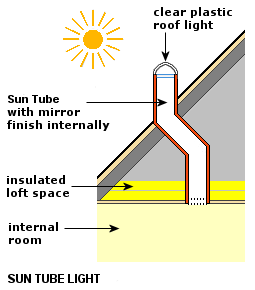Home Energy Savings Guide for Kids, Teens and AdultsinShare
 With a growing world population, the need for energy also continues to grow. That is why it is so important for us to save energy within our homes, at work, and at school whenever possible. Energy conservation also cuts down on greenhouse gases that can contribute to climate change, and reduces pollution in general. Even the simplest actions can have a big effect. We introduce some tips and tricks to start conserving energy today.
With a growing world population, the need for energy also continues to grow. That is why it is so important for us to save energy within our homes, at work, and at school whenever possible. Energy conservation also cuts down on greenhouse gases that can contribute to climate change, and reduces pollution in general. Even the simplest actions can have a big effect. We introduce some tips and tricks to start conserving energy today.
Common Ways to Save Energy at Home
There are multiple ways you can save energy at home. Read on to learn about them.
Improve Heating and Cooling Efficiency
Whether living in a cold or hot environment, we all use some form of heating and cooling in our homes. Our homes are in constant need of maintenance to continue to be or become energy efficient and save money.
Some tips suggested by the University of Georgia are:
- Have a professional contractor conduct an inspection once a year in your home.
- Replace and clean filters every three months.
- Keep units clean and free of debris.
- Check home insulation.
- Check the condition of air ducts.
- Properly care for any window unit air conditioners.
For more tips and information about how to properly care for and maintain your heating and cooling units, please visit the government website Energy or the Federal Trade Commission at Heating and Cooling Your Home for Less.



 Energy and Architecture
Energy and Architecture






 Rainwater Harvesting
Rainwater Harvesting Rainwater Harvesting System Design
Rainwater Harvesting System Design Sun tube lights are highly effective at transferring daylight into parts of buildings that have little or no natural lighting. They can be used to replace artificial lighting and will therefore substantially reduce the annual energy consumption of a home. In many cases, sun tube lights will be used to provide all the light for an internal space but they can also be used to compliment an artificial lighting scheme.
Sun tube lights are highly effective at transferring daylight into parts of buildings that have little or no natural lighting. They can be used to replace artificial lighting and will therefore substantially reduce the annual energy consumption of a home. In many cases, sun tube lights will be used to provide all the light for an internal space but they can also be used to compliment an artificial lighting scheme. Fitting a Sun Tube Lights
Fitting a Sun Tube Lights Code for Sustainable Homes
Code for Sustainable Homes

